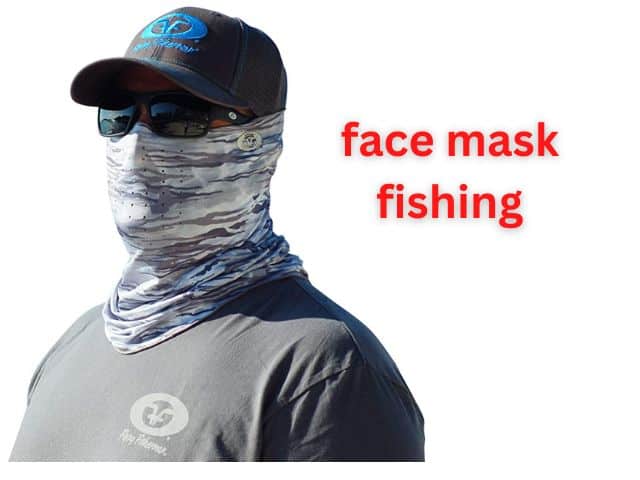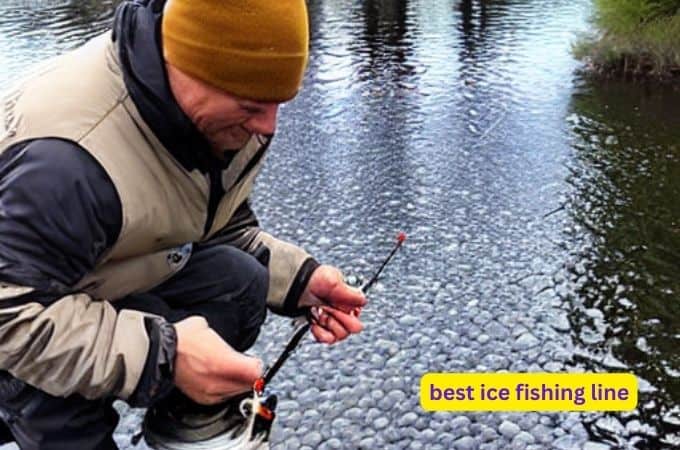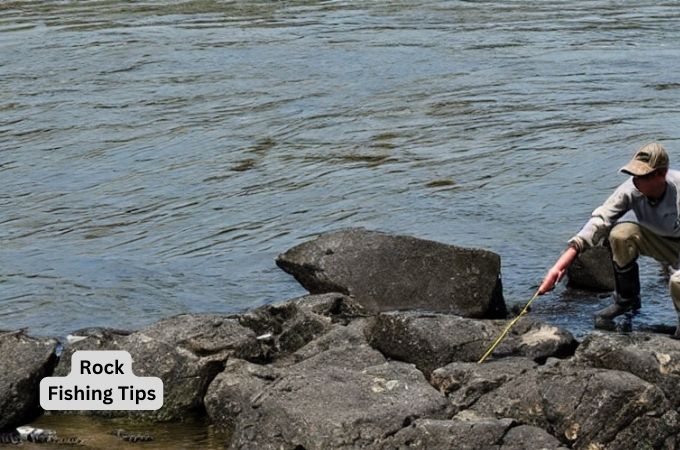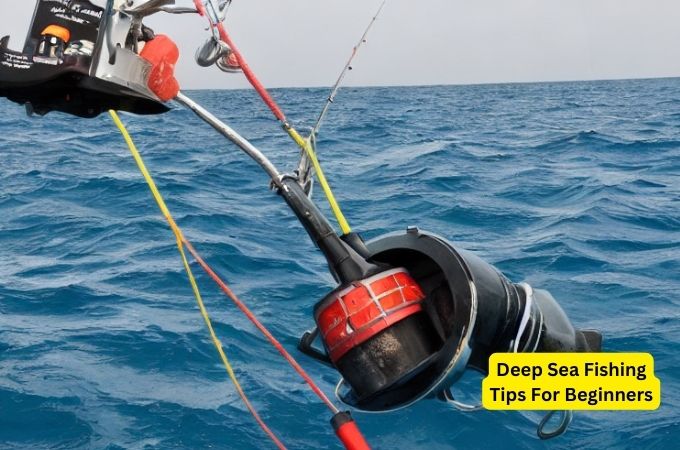The Perfect Line For Your Baitcaster: What Line Should I Use?
What line should I use on my baitcaster? It’s a common question among anglers who want to make the most out of their fishing experience. And I have the answer for you! Choosing the right line for your baitcaster is crucial to ensure optimal performance and success on the water. In this article, we’ll explore the different types of lines available and provide you with valuable insights to help you make an informed decision. So, whether you’re a beginner or a seasoned angler, read on to find out what line should you use on your baitcaster and take your fishing game to the next level.
What Line Should I Use on My Baitcaster?
Choosing the right line for your baitcaster is crucial to maximize your fishing experience. With so many options available, it can be overwhelming to determine which line is best suited for your needs. In this comprehensive guide, we’ll explore different types of fishing lines and help you make an informed decision. So, let’s dive in and discover the perfect line for your baitcaster!
Fishing Line Types
When it comes to baitcasting reels, there are primarily three types of fishing lines to consider: monofilament, fluorocarbon, and braided lines. Each type has its own characteristics, strengths, and weaknesses.
Monofilament Line
Monofilament line is a popular choice for baitcasting reels due to its versatility and affordability. It is made from a single strand of nylon, making it relatively resistant to abrasion and easy to handle. Here are some key points to consider:
- Strengths:
- Monofilament lines have excellent knot strength, allowing you to securely tie your bait or lure.
- They offer good shock absorption, which can be beneficial when fighting larger fish.
- Monofilament lines float on water, making them suitable for topwater fishing techniques.
- Weaknesses:
- Compared to other lines, monofilament has higher line memory, which can lead to tangles and reduced casting distance.
- They have lower abrasion resistance compared to fluorocarbon or braided lines.
- Monofilament lines are more susceptible to UV damage and can degrade over time.
Fluorocarbon Line
Fluorocarbon lines are known for their invisibility in water, making them an excellent choice for fishing in clear or heavily pressured waters. These lines are made from a denser material that sinks in water. Consider the following points:
- Strengths:
- Fluorocarbon lines are virtually invisible underwater, minimizing the chances of fish detecting the line.
- They have low line memory, resulting in fewer tangles and better casting performance.
- Fluorocarbon lines offer excellent sensitivity, allowing you to feel even the slightest nibble.
- Weaknesses:
- Compared to monofilament, fluorocarbon lines are more expensive.
- They tend to be stiffer, which can affect casting distance and lure action.
- Fluorocarbon lines are more prone to breakage when subjected to sudden impact or shock loads.
Braided Line
Braided lines are made by weaving multiple fibers together, creating a strong and durable fishing line. While not as popular for baitcasting reels, they have unique advantages and considerations:
- Strengths:
- Braided lines have exceptional strength-to-diameter ratio, allowing you to use thinner lines while maintaining high breaking strength.
- They have zero stretch, providing excellent sensitivity and solid hooksets.
- Braided lines are highly resistant to abrasion, making them ideal for fishing in heavy cover.
- Weaknesses:
- Due to their high visibility, braided lines may spook fish in clear water or heavily pressured environments.
- They can be challenging to handle, especially when encountering wind knots or backlash.
- Braided lines can cut into rod guides, potentially causing damage or reduced casting performance.
Factors to Consider
Choosing the right line involves more than just understanding the different types. Several factors should influence your decision to ensure optimal performance with your baitcaster. Let’s explore these factors:
Fishing Conditions
Consider the type of fishing you’ll be doing and the conditions you’ll encounter. Different lines excel in various scenarios. For example:
- In heavy cover or around structure, braided lines offer excellent strength and abrasion resistance.
- In clear water or when targeting finicky fish, fluorocarbon lines’ invisibility can make a difference.
- For topwater or surface presentations, monofilament lines’ buoyancy can enhance lure action.
Fishing Techniques
The fishing techniques you plan to employ also play a significant role in line selection. Consider the following:
- If you’re using crankbaits or other lures that dive deep, monofilament lines’ buoyancy may impede lure performance. In this case, fluorocarbon or braided lines would be better suited.
- If you’re fishing in heavy cover and require increased sensitivity, braided lines’ zero stretch and excellent sensitivity are advantageous.
- When finesse fishing or using light lures, fluorocarbon lines’ low visibility and superior sensitivity are beneficial.
Line Diameter and Strength
The diameter and strength of the line are crucial factors when choosing the appropriate line for your baitcaster. Consider the following:
- Thicker lines generally offer higher strength but may sacrifice casting distance due to increased air resistance.
- Thinner lines provide better casting distance, but their strength may be compromised.
- Consider the target species and their average size. Choose a line with adequate strength to handle potential catches.
Choosing the right fishing line for your baitcaster can significantly impact your fishing success. Understanding the characteristics, strengths, and weaknesses of different lines allows you to make an informed decision based on your fishing conditions, techniques, and target species. Whether you opt for monofilament, fluorocarbon, or braided lines, each type offers unique advantages that can enhance your overall fishing experience. So, analyze your preferences and requirements, and select the perfect line to unleash your baitcaster’s potential on the water. Happy fishing!
(Note: The above conclusion is optional. You can choose to include it or provide your own concluding paragraph.)
Frequently Asked Questions
What type of line should I use on my baitcaster?
The type of line you use on your baitcaster will depend on the fishing conditions and the lures you plan to use. There are three main types of line: monofilament, fluorocarbon, and braided. Monofilament is a versatile and cost-effective option suitable for a wide range of fishing situations. Fluorocarbon is virtually invisible underwater and has excellent abrasion resistance, making it ideal for clear water or when fishing around structure. Braided line is extremely strong and has a small diameter, allowing for increased casting distance and sensitivity. Consider the specific requirements of your fishing scenario to choose the right line for your baitcaster.
How do I choose the right pound test for my baitcaster?
The pound test refers to the amount of weight a fishing line can handle before breaking. The right pound test for your baitcaster will depend on the type of fish you’re targeting and the fishing conditions. For lighter freshwater species such as bass and trout, a 10-14 pound test line is usually sufficient. If you’re targeting larger fish or fishing in heavy cover, you may want to opt for a higher pound test line, such as 20-30 pounds. It’s important to strike a balance between line strength and the size of your baitcaster reel, as using a line that is too heavy can affect casting distance and performance.
Should I use a different line for different types of lures on my baitcaster?
Yes, the type of lure you plan to use on your baitcaster can influence the type of line you should use. For example, if you’re using topwater lures that require a lot of action on the surface, a monofilament line can provide better buoyancy and allow the lure to float more naturally. On the other hand, if you’re using heavy jigs or deep-diving crankbaits, a braided or fluorocarbon line may be more suitable due to their increased sensitivity and abrasion resistance. Consider the specific characteristics and requirements of each lure when selecting the appropriate line for your baitcaster.
Is there a specific line color that works best for a baitcaster?
The line color you choose for your baitcaster can depend on personal preference and fishing conditions. Clear or low-visibility colors such as green and brown are commonly used as they are less likely to spook fish in clear water. If you’re fishing in murky or stained water, a high-visibility color like yellow or chartreuse can help you detect subtle line movements and bites. It’s important to consider the water clarity and the behavior of the fish you’re targeting when selecting the line color for your baitcaster.
How often should I change the line on my baitcaster?
The frequency at which you should change the line on your baitcaster depends on several factors such as the type of line, fishing conditions, and how frequently you use your reel. Monofilament lines tend to deteriorate faster than fluorocarbon or braided lines, so they may need to be replaced more often. As a general guideline, it’s recommended to inspect your line regularly for any signs of wear, such as fraying or discoloration. If you notice any damage or decreased performance, it’s best to replace the line to ensure optimal casting and landing of fish.
Final Thoughts
Choosing the right line for your baitcaster is crucial to maximize your fishing experience. It can directly impact your casting ability, accuracy, and overall performance. By considering factors such as line type, diameter, and pound test, you can determine the most suitable line for your specific fishing needs. Whether it’s monofilament, fluorocarbon, or braided line, each has its own advantages and considerations. Experimenting with different lines and understanding their characteristics will help you make an informed decision. So, next time you ask yourself, “What line should I use on my baitcaster?” don’t overlook the importance of selecting the appropriate line for optimal results.




